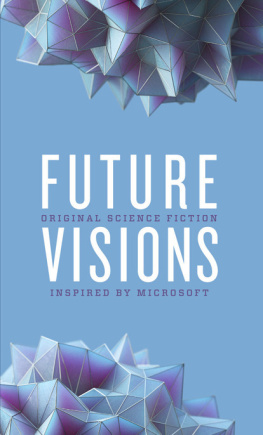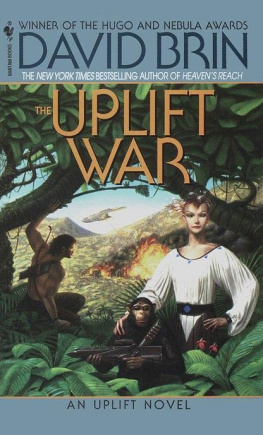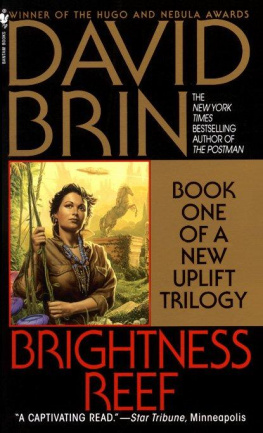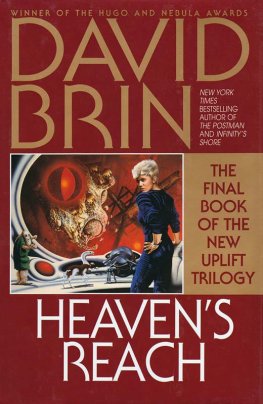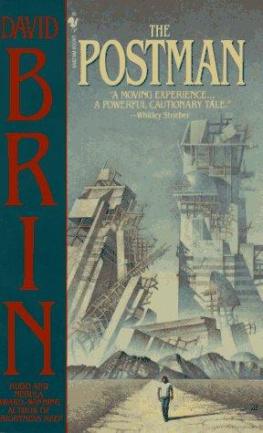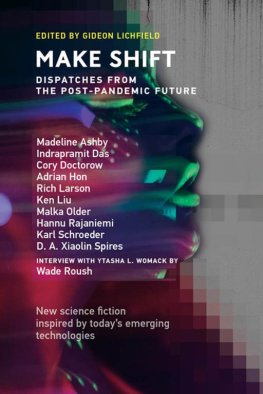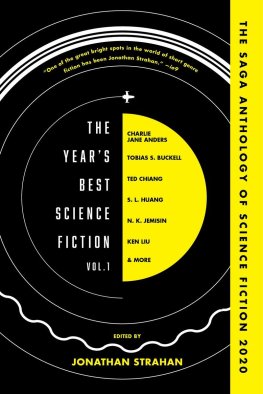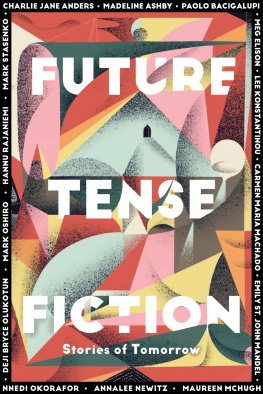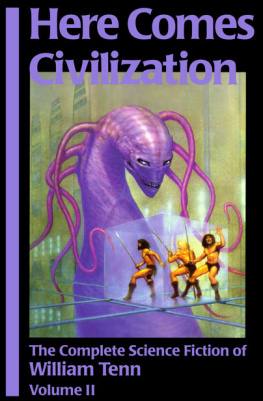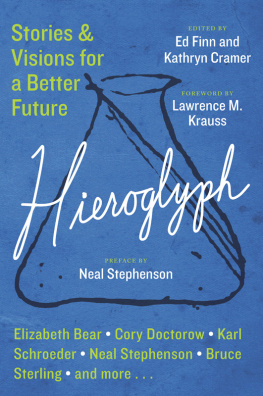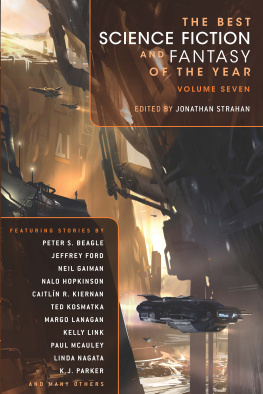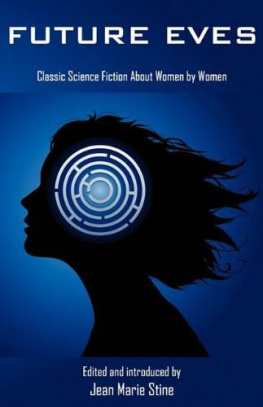The Machine Starts copyright 2015 by Greg Bear Skin in the Game copyright 2015 by Elizabeth Bear The Tell copyright 2015 by David Brin Machine Learning 2015 by Nancy Kress Another Word for World copyright 2015 by Ann Leckie Riding with the Duke copyright 2015 by Jack McDevitt Hello, Hello copyright 2015 by Seanan McGuire Looking for Gordo copyright 2015 by Robert J. Sawyer
All rights reserved. No part of this publication may be reproduced, stored in a retrieval system, or transmitted in any form or by any means, electronic, mechanical, photocopying, recording, or otherwise, without prior consent of the publishers.
FOREWORD
Does the science fiction influence the science, or does the science influence the science fiction?
Throughout my life, I have personally been influenced by both. I grew up in 1960s China, in a society in the midst of change. It was a decade of monumental technological advancementsman in space, satellites, supersonic jets, the emergence of new computing systems and languages.
It was also considered by many to be a heyday of science fiction. TV shows like Star Trek went mainstream. Science fiction paperbacks became best sellers for the first time. Movies like Planet of the Apes defined a new kind of blockbuster.
I remember talking to my dad about computers. Many people, including him, hadnt actually seen them, but they had heard about them and knew that they would be big, with the potential to change our world. He pushed me to pursue my studies around this completely new field.
Spurred on by both the science and science fiction of our time, my generation of researchers and engineers grew up to ask what if? and whats next? We went on to pursue new disciplines like computer vision, artificial intelligence, real-time speech translation, machine learning, and quantum computing.
Todayyears and years laterwe are realizing much of what we dreamed of as kids. Space is no longer the final frontier.
So what is? Even those communicators we saw in science fiction TV shows and movies we now take for granted as part of our daily lives. Your smartphone is probably in your pocket right now.
So whats next? Twenty years ago, Microsoft made an investment in natural language research. When we started, we didnt know where it would go, or how long it would take. We had all seen it in Star Trek and dreamed of how we could make it a reality. Now, that technology is shipping in Skypereal-time translation in six languages. Were not there with Klingon yet, but hopefully someday in the future we may be.
Today, I have the privilege of leading Microsofts research efforts, where Im surrounded by people who were influenced by science and science fiction, as I was. We interact with and publicize our research work across a global community of thought leaders and innovators, including science fiction writers. We invite them to our campus to share their stories with us and so we can share our work with them.
With this collection of short stories, we bring our worldsfact and fantasytogether once again. The authors all had the opportunity to visit with our researchers to hear about their latest thinking and see their leading-edge work, and to create fiction inspired by that work.
My hope for you as a reader is that you will be inspired by these stories, as I was by the popular science fiction of my time. May they incite you to pursue a new field of study, to chase a possibility you think impossible, to let your imagination take you to places you never thought you could gofor we are only limited by our imaginations.
Harry Shum
Executive Vice President, Technology and Research
Microsoft
INTRODUCTION
The first work of science fiction I can remember reading was Eleanor Camerons 1954 novel, The Wonderful Flight to the Mushroom Planet . It was perhaps more fantasy than science fiction, but the story of young boys who build their own spaceship with the help of a mysterious inventor struck a chord.
As a child growing up, I was always trying to create things, build things, or tinker. I loved taking apart old tube radios and putting them back together in slightly different ways to see what I would get. Once I turned an old radio into a shortwave without really understanding how Id done it. Another time I did a spectacular job of blowing one up (much to my mothers consternation).
As my reading matured, so did my taste in science fiction, but I always tended toward the hard science fiction where science and the act of invention was the major component. I particularly loved stories that put scientists and inventors themselves into the middle of the action. Robert Heinleins 1958 novel Have Space SuitWill Travel was one of my favorites. A young science-crazy boythe son of an eccentric scientistwins a space suit in a contest and goes on a galaxy-spanning adventure. Just thinking about it still brings a smile to my lips.
Science fiction inspired me as a scientist. It jump-started my imagination and gave me energy and a sense of optimism that I could do anything with my mind. Without that optimism and belief in the possible, I dont think I would have been successful either in creating an operating system (Mach) that has impacted hundreds of millions of Apple devices or in taking on the task of building Microsoft Research into one of the top basic research organizations in the world.
This book is an anthology of original stories inspired by science and scientists. The authorssome of the best and most decorated in the fieldeach visited Microsoft Research and met with top researchers in areas such as machine learning, computer vision, speech recognition, programming languages, and operating systems. They were given a unique opportunity to see new technologies under development and understand how researchers think and work.
The stories that came out of this process are the kind of science fiction that excited me as boy. They draw upon, highlight, and extrapolate current science. A number of them put scientists and engineers front and center in the narrative.
Seanan McGuire questions the limits of machine translation in her story Hello, Hello. In The Machine Starts, Greg Bear considers the intendedand unintendedconsequences of quantum computing. Elizabeth Bears Skin in the Game imagines a world in which technology can be used to share emotions. Nancy Kress explores the frontiers of machine intelligence with the aptly titled Machine Learning. In Riding with the Duke, Jack McDevitt investigates the social and emotional implications of immersive technologies. The graphic novel A Cops Eye, by Blue Delliquanti and Michele Rosenthal, creates a future world in which a policewomans sidekick is an artificial intelligence. Robert J. Sawyer explores the possibilities that computer science could bring to our hunt for alien civilizations in Looking for Gordo. David Brin examines the science of prediction in The Tell. And in Another Word for World, Ann Leckie explores the immense power of tools that facilitate communication across cultures.

